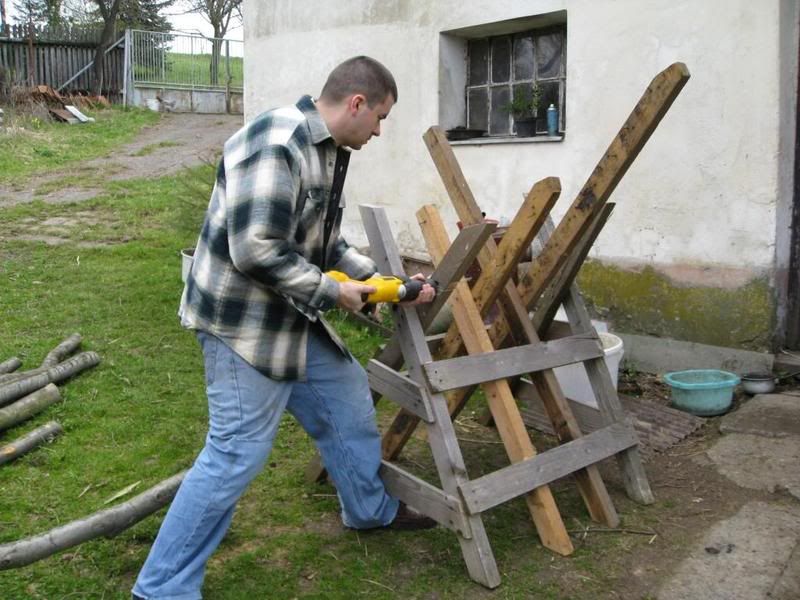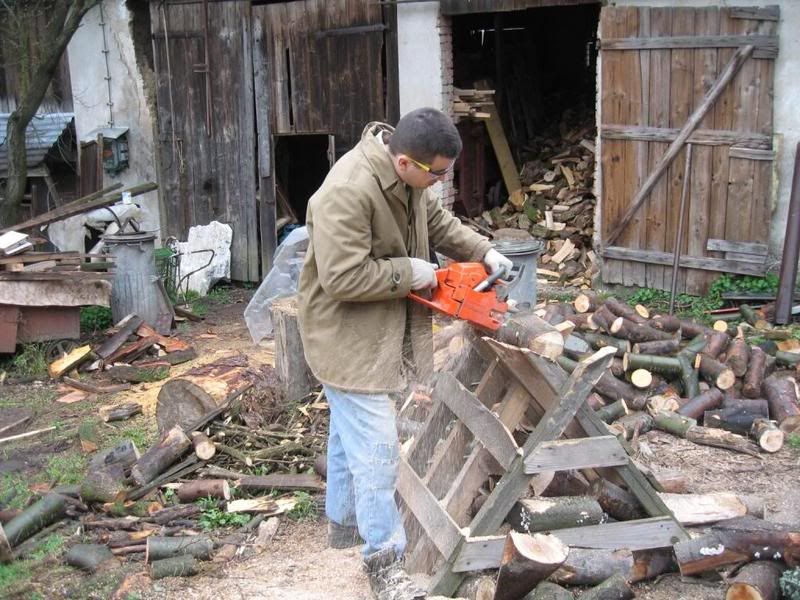had a stihl 011av that was burned up by b.i.l. by using walmart 2-cycle oil and probably mixed lean also,
so he picked up a poulan wild thing as a replacement- 40cc 18" bar.
done a little bit of cutting with it and it seems like the chain is shot.
It's possible the chain ran against the ground a little when I used it last, so how fast will a chain dull and not cut if it contacts material other than wood?
are the chains that come on cheapo saws from depot and lowes less durable than the chains that are on a stihl?
for replacement chains, I tried googling types of them but got little info other than marketing stuff.
I think what's on there is a picco type ? How is that different than a rapid type (the only other I read according to stihl website) ?
What type replacement chain should I get?
How about chain sharpening? A replacement chain is < $20 I think, but a quality hand file tool according to google is around $40. Should I look into a sharpener, or just by chains?
and give me your explanation of kickback. i think i know what it is technically but i want a second opinions on what it is.
so he picked up a poulan wild thing as a replacement- 40cc 18" bar.
done a little bit of cutting with it and it seems like the chain is shot.
It's possible the chain ran against the ground a little when I used it last, so how fast will a chain dull and not cut if it contacts material other than wood?
are the chains that come on cheapo saws from depot and lowes less durable than the chains that are on a stihl?
for replacement chains, I tried googling types of them but got little info other than marketing stuff.
I think what's on there is a picco type ? How is that different than a rapid type (the only other I read according to stihl website) ?
What type replacement chain should I get?
How about chain sharpening? A replacement chain is < $20 I think, but a quality hand file tool according to google is around $40. Should I look into a sharpener, or just by chains?
and give me your explanation of kickback. i think i know what it is technically but i want a second opinions on what it is.





